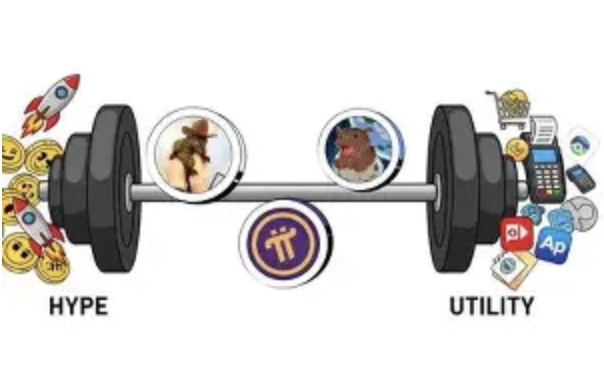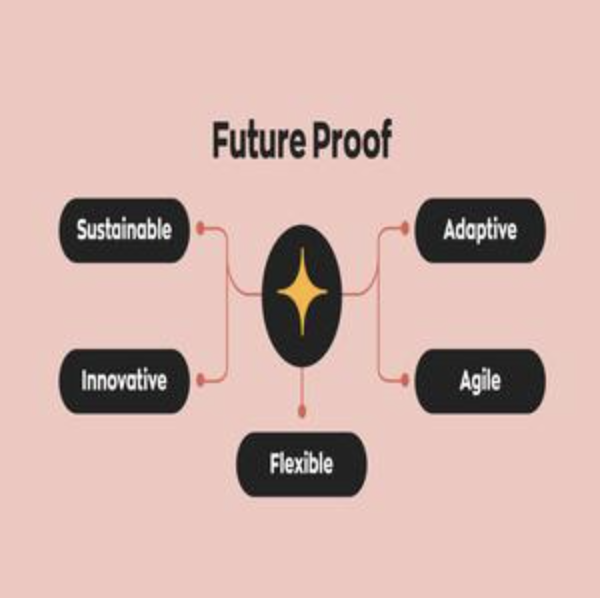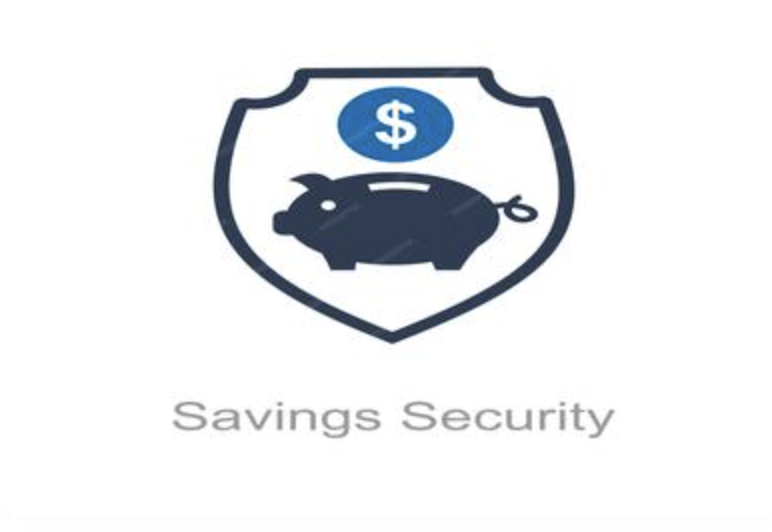Metaverse & Virtual Assets: Opportunity or Bubble?
Beyond Hype: Utility-Driven Value
Most discussions focus on changes in prices, but true value stems from practical applications. High-end companies make use of virtual environments to organize unique events, while organizations set up metaverse offices to accommodate teams from different parts of the globe. These uses convert virtual assets from speculative instruments to crucial elements of business plans, attracting knowledgeable investors.
This transition from excitement to functionality changes digital assets into tools that enhance revenue or improve efficiency rather than mere passing fads. For instance, luxury fashion brands not only host online events—they incorporate interactive 3D showcases that enable international customers to buy products directly, transforming virtual areas into expansive retail spaces. Likewise, metaverse offices minimize travel expenses and broaden talent accessibility by bringing together remote teams in immersive settings, producing real returns on investment that endure beyond market fluctuations. Savvy investors are aware of this reality: they focus on assets connected to genuine business operations, as utility guarantees ongoing demand even when speculative enthusiasm diminishes.

Scarcity Reimagined: The Advantage of Digital Ownership
Digital assets leverage blockchain technology to create identifiable scarcity, greatly affecting affluent investors. A unique piece of digital artwork or a plot within the metaverse is not just a "virtual item"—it is a finite asset that enables ownership transfers, comparable to high-end physical goods, yet with worldwide accessibility.
Blockchain's ability to establish verifiable scarcity addresses a long-standing problem of digital assets: demonstrating uniqueness in an era of effortless duplication. For wealthy investors, this implies that a piece of digital art or a metaverse parcel possesses the same level of exclusivity as a rare timepiece or prime property, but with much easier access. Unlike tangible luxury items that necessitate in-person viewing or transportation, digital assets can be exchanged, exhibited, or licensed around the globe within moments—creating new revenue opportunities such as hosting virtual events on metaverse land or earning royalties from the use of digital artwork. This combination of scarcity and global functionality positions digital ownership as an appealing enhancement to varied investment portfolios, linking the world of physical luxury with digital advancements.
Regulatory Fog: The Hidden Threat
In contrast to traditional investments, virtual assets do not have a consolidated global regulatory framework. A change in regulations within a single region can diminish the value of assets almost instantly. Astute investors seek more than mere profits—they collaborate with specialists who can navigate this uncertainty, transforming regulatory risks into strategic benefits.

Tangible Link: Connecting Digital and Physical
The most impactful virtual assets are linked to real-world value. A metaverse membership that offers entry to exclusive real-life events, or a digital token symbolizing ownership of a luxury item—these connections transform intangible resources into concrete opportunities, minimizing the danger of market bubbles.
Future-Proofing: Distinguishing Trends from Fundamental Values
Market bubbles collapse when excitement surpasses practical application. For affluent investors, the priority lies in recognizing assets anchored in solid fundamentals: engaged user communities, enduring revenue strategies, and clear trajectories toward long-term significance. These are not merely investments—they represent stakes in the evolution of digital engagement.

(Writer:Seli)




